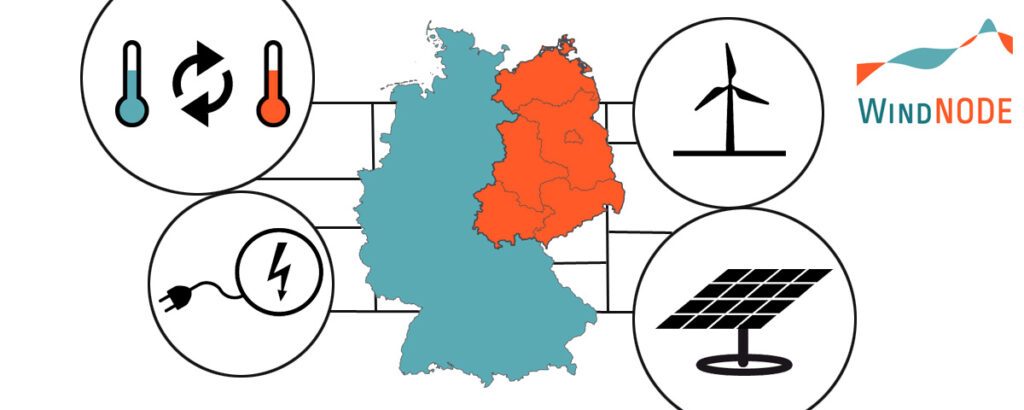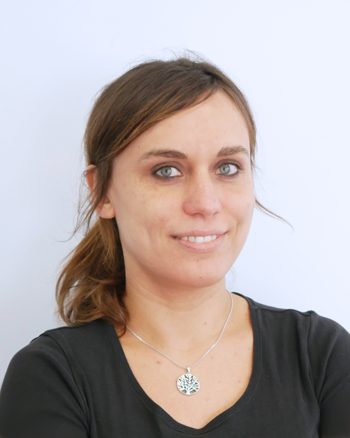WindNODE – Showcase Intelligent Energy in Northeastern Germany

Project description
Optimization and flexibilization of renewable energy generation through digitalization
The joint research project WindNODE aimed at understanding the efficient interplay of renewable energy generation and consumption as well as the energy grids in between. Everything should be optimized and made more flexible through digitalization. This took place in northeastern Germany as a model region, which is also the control area of the transmission grid operator 50Hertz. RLI was one of about 50 project partners who share work packages and tasks.
Study of two different regional approaches for the integration of large amounts of renewable energies
In the model region of northeastern Germany, the RLI was studying two different regional approaches to integrating large amounts of renewable energy and comparing them with each other: the Anhalt-Wittenberg reallaboratory with a decentralized approach and the Uckermark regional power plant with a centralized approach. Whereas in the Anhalt reallaboratory, energy generated on site from renewable sources was to be used as directly as possible at the lower grid levels, in the Uckermark regional power plant, the energy generated from renewable energy plants was first bundled at the medium-voltage level and then fed for the most part into the high-voltage grid. In both regions, the main focus was on the use of flexibility options to avoid curtailment, use surpluses from renewables, and increase their share locally (“regional marketplace”).
How can large amounts of renewable energy be efficiently integrated into a system that spans multiple energy sources?
WindNODE focussed on the efficient integration of large quantities of renewable energy into an energy grid that should be optimized for all energy sources and sectors such as power, heat, and mobility. Specific goals included the development of innovative products and services that complement the traditional business of volume-based energy sales, and the creation of consumer protection and data security standards. Also, making the current system more flexible was one of the main objectives.
WindNODE was one of five joint research projects that are funded within the SINTEG Initiative (Showcase Intelligent Energy – Digital Agenda for the Energy Transition) by the German Federal Ministry for Economic Affairs and Energy (BMWi).
Project duration: 01.12.2016 – 30.11.2020
Tasks
Within the Project WindNODE, Reiner Lemoine Institute analyzed and compared two different approaches for integrating high shares of renewable energy:
- In the region of “Reallabor Anhalt”, locally generated renewable energy was to be used directly in the distribution grid in order to increase the region’s consumption and to avoid the necessity of grid expansion. Therefore, we focused on possible scenarios using flexibility options considering the existing grid capacities on high voltage and medium voltage grid level.
- In the “Regionalkraftwerk Uckermark” (regional powerplant Uckermark) the generated energy from renewable energy plants was collected first and then fed into the transmission network. Curtailment power was to be used in power-to-heat facilities among others. There, we analyzed business models, which are profitable from a business perspective and also provided advantages for the whole energy system from a national economic point of view. We estimated the potential of the so-called “SINTEG regulation” as well as possible further regulations in the energy sector.
In both regions, we focused on the use of flexibility options in order to reduce curtailment, to use excess energy, and to increase the share of renewable energy within the region. The investigations took place in close cooperation with the Energieavantgarde Anhalt, Fraunho-fer IWES, the Institute for Ecological Economy Research (IÖW), and the company Enertrag, which operates the regional power plant.

